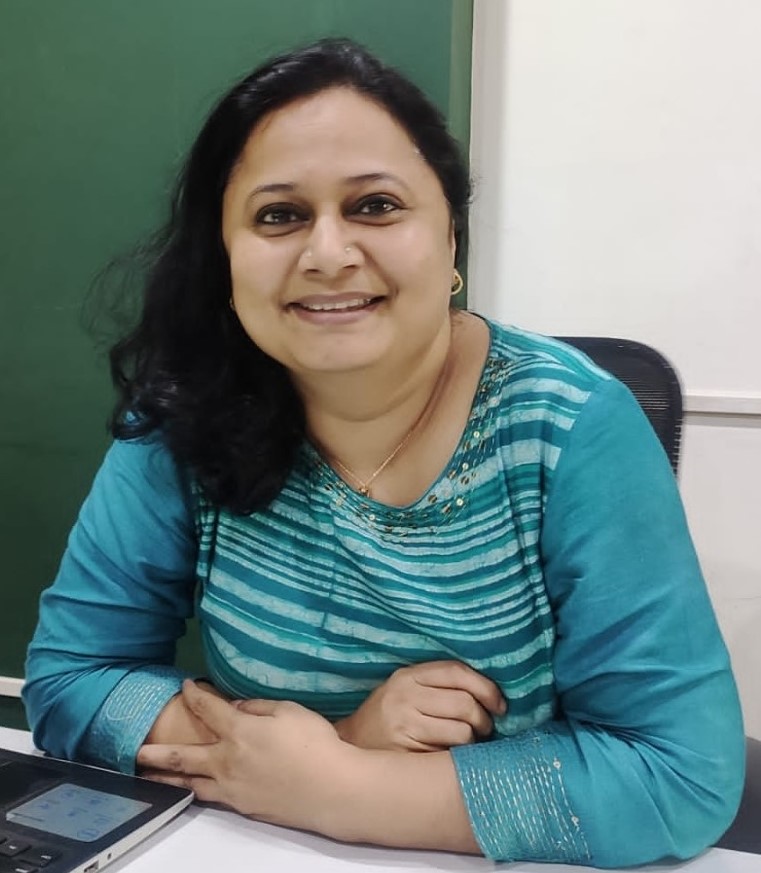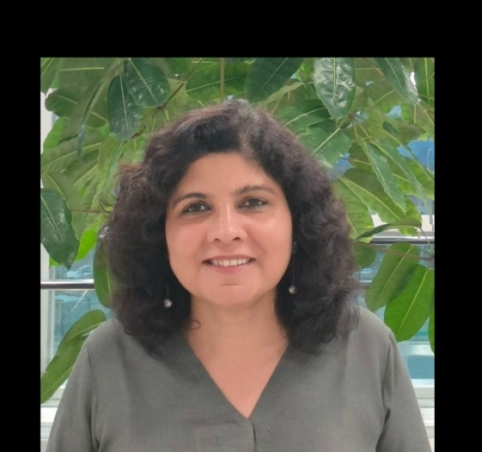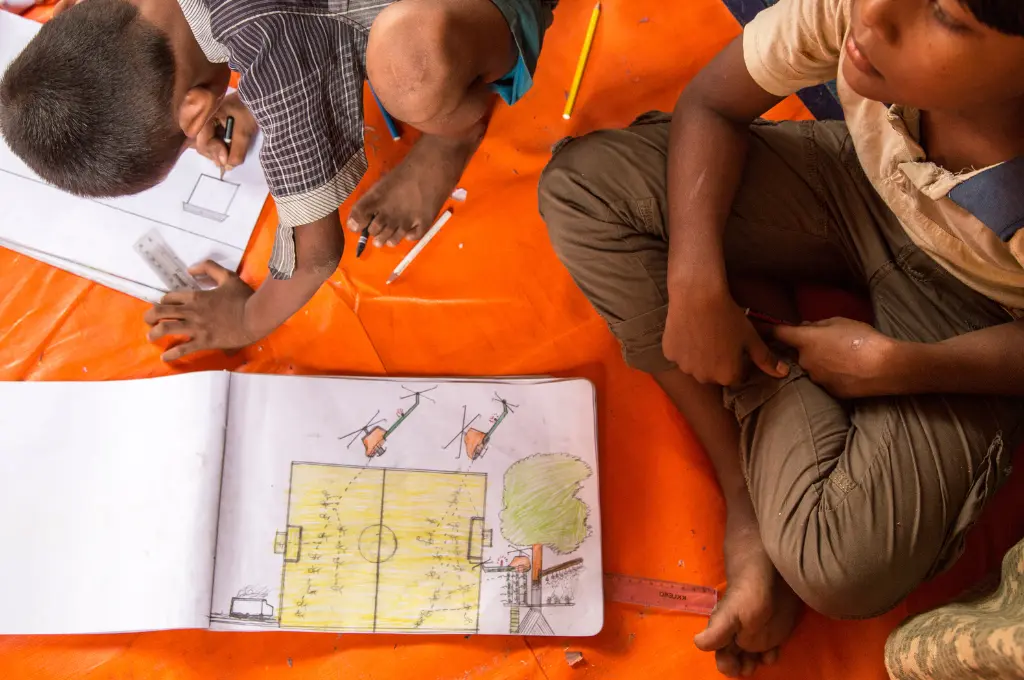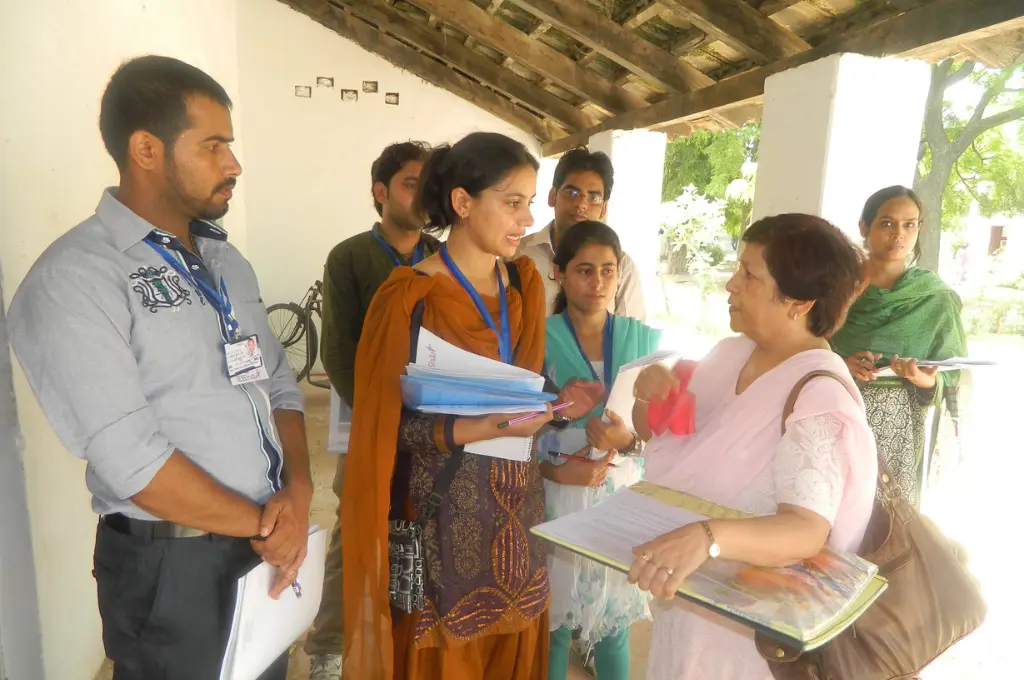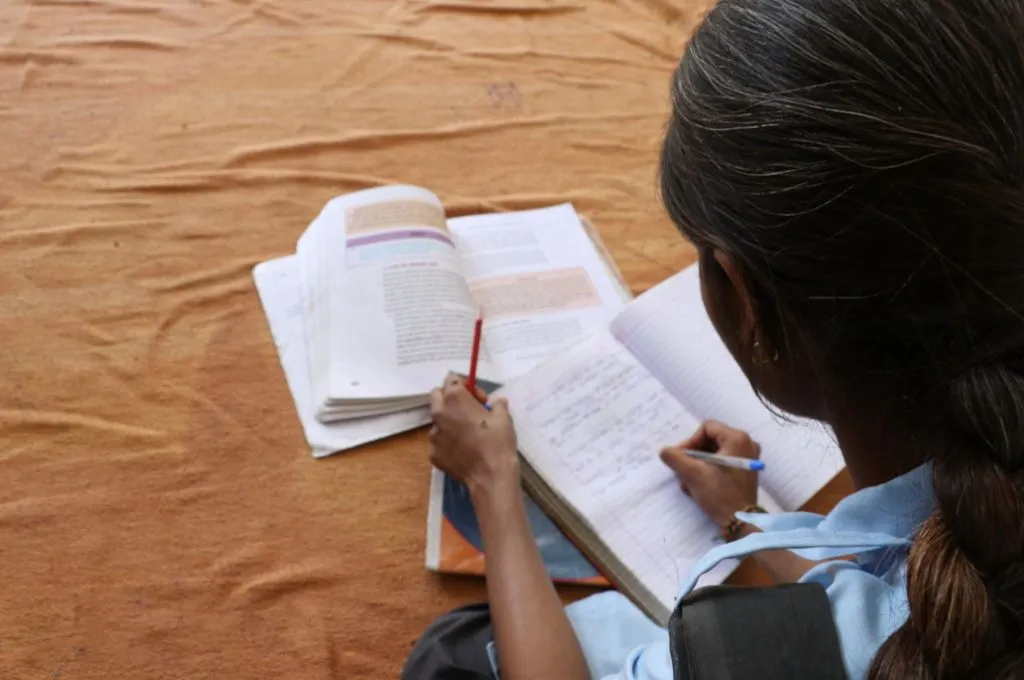Munaisa Bi,* a resident of Adarsh Nagar in Mumbai’s M-East ward, remembers when she first came to the area 20 years ago. “It was a very difficult time; we were forced to live without water or electricity for days. There were close to 600 families in the area and only four to five houses had municipal water connections, which provided water for a mere two hours a day. These households would sell potable water to others, charging INR 20 for 25 litres. However, even this water was rationed, with families taking turns to buy water twice a week. Borewell water was available for INR 70 per drum, but its poor quality often caused severe skin infections. The situation was no better when it came to electricity; only 20–25 families had metered electricity connections, while the remaining households resorted to procuring electricity illegally. Frequent blackouts were the norm as the electricity company would cut the wires every other day. Children couldn’t study in the evenings and summers were unbearable without fans.”
Today, two-thirds of the households in Adarsh Nagar have a water connection and for the remaining—many of whom are recent migrants—the cost of buying water has gone down significantly from INR 1,000 to INR 300 a month. After two years of concerted efforts to acquire the required identity documents and applying for an authorised electricity connection, now more than 350 households have metered electricity connections. Much of this has been achieved in the last three to four years due to the efforts of grassroots leaders like Munaisa Bi who are members of a citizen action group (CAG).
This story is one of many in the M-East ward of Mumbai where a citizenship approach has been adopted to create sustainable communities. These are communities that are in charge of their own development; that speak up about their needs and concerns; that develop the agency to ask for their basic rights without the support of any external stakeholder, such as a nonprofit; and that participate in decision-making on issues that impact them. The process involves identifying grassroots leaders; educating them about citizens’ rights, entitlements, and duties; and collectivising them into CAGs. The collectives meet regularly, map their community, identify issues that need addressing, prioritise concerns for advocacy and action, and assign roles and responsibilities within the group to work towards the common good. Apnalaya, a nonprofit that works with the urban poor, plays a supportive role by providing knowledge, assistance, and mentorship. The critical task of identifying issues and advocating for them rests with members of the community.


What is the citizenship approach?
Adarsh Nagar is an example of the several urban poor settlements that highlight the stark inequalities that persist in urban India. As per the 2011 census, 41.84 percent of Mumbai’s population lives in slums; works in unorganised sectors; lacks adequate housing, quality education, and healthcare; and has no access to social safety nets. This perpetuates a cycle of poverty, limited opportunities, and marginalisation.
The constantly increasing pressure on the city’s infrastructure further de-prioritises the needs of people living in informal settlements. Welfare policies and programmes of the government often fail to reach those who need them the most due to various logistical and administrative challenges.
Evidence indicates that effective citizen engagement models lead to better governance.
A citizenship approach aims at building active citizens in communities by supporting them to develop their skills and knowledge so that fairer and more resilient societies can be fostered. This approach is based on the belief that citizens themselves are the best assessors of their rights, duties, and entitlements. It plays a critical role in advocating and helping make public institutions more transparent and accountable, and in contributing innovative solutions to complex development challenges. Evidence indicates that effective citizen engagement models lead to better governance and improve the citizen–state relationship. This in turn facilitates the co-creation of inventive and impactful solutions that result in better public service delivery.
Here’s an example of active citizenship at work. A citizen collective in M-East ward’s Shivaji Nagar had applied for an escalator at a railway station, to help the elderly and persons with disability, and to reduce the incidence of railway track-related deaths. When the members discovered that plans for the escalator and lift were already on the cards but had been stalled, they identified the bottleneck and rallied for a work order. They then found that the planned location of these utilities was inconvenient for commuters, and requested a change in location. Their suggestion was accepted by the authorities, and construction work is currently underway.
Making the model work
Over the years, we have learned what it takes to sustainably adopt this approach.

1. Planning an incubation period
Organisations working to develop this model in the community need at least two years to build CAGs and help them prepare so that they can take on community-level initiatives. For citizen-led initiatives to succeed, it is imperative to build trust, cultivate ownership, promote inclusive decision-making, and foster collaboration and cooperation in the community, and all these require an investment of time.
2. Motivating grassroots leaders
Keeping CAG members motivated was challenging, especially in the initial stages, because many of them didn’t believe that they could be catalysts for change. Most are migrants who lack identity documents that connect them with Mumbai. This makes them feel that they do not have the right to ask for services or facilities. Moreover, because they are not treated equally, they also lack a sense of belonging to the city. By showing consistent support and belief in their potential, we gradually witnessed a shift in their mindset.
3. Mentoring higher-order skills
Mentoring collectives on higher-order skills such as assertiveness and negotiation, especially in the context of accessing basic civic amenities, proved to be difficult and resource-intensive.
When the municipality, claiming illegal occupation, doesn’t provide basic services to people living in informal settlements, they need to assert their rights and negotiate with city authorities. All Indian citizens have the right to live and work anywhere in the country, and it is the duty of the welfare state to ensure basic amenities for all its citizens.
But assertiveness and negotiation are behavioural skills that take time to develop. When a community believes it doesn’t have a voice, it becomes even more difficult to help them talk about their side of the story. When they learn to negotiate, they understand how to share their problems, use statistics or data to support their point, refer to the rights guaranteed by the Constitution, and also express an interest in being part of the solution. A single negative interaction with duty bearers is enough to bring down their confidence and stop them from taking further action. Therefore, consistent mentoring on being persistent and persuasive is essential to ensure that they don’t give up even when the response is not encouraging.
Teaching these skills requires creating tailored training programmes, real-life scenario simulations, and continuous reinforcement.
4. Ensuring representation
To truly represent the community, CAGs need to have members from all sections of the community— including persons with disability, LGBTQIA members, women, children, the elderly, and individuals from other minorities. This ensures that a diverse perspective is available, which helps in identifying unique issues and prevents individuals with louder voices to control the collective. Women form 80 percent of our CAGs.

5. Moving from simple to complex civic issues
Taking up simpler issues in the initial days helps the CAGs to build confidence, skills, and motivation. As simple civic issues get resolved sooner, the experience of a successful advocacy action with local governance agencies fosters self-assurance and resilience in the community and gives them a tangible sense of agency. For instance, advocating for lane cleaning, street light installation/repair, or pest control tends to have a quicker positive result. Having experienced this, CAGs can address more complex issues—such as advocating for the establishment of a government secondary school or installing lifts and escalators at the railway station for increased accessibility for persons with disabilities and the elderly—with more conviction.
6. Ensuring the community is the decision-maker
The community should play a central role in decision-making processes. Identifying key issues within the community, prioritising them for advocacy, and determining the advocacy agenda and strategies are all decisions made by the collective. CAG members map out their issues and address them based on the severity of the issue, or the number of people affected, or whether it’s simply easier to solve first. Responsibilities are divided based on availability of time, knowledge of the issue, skills required, and interest/need of volunteers (for example, writing letters or filing online complaints). Civil society organisations serve as guides, aiding these collectives in making well-informed decisions. This collaborative approach fosters a sense of ownership and ensures sustainability.
7. Continuously engaging with the collectives
Maintaining continuous engagement with collectives through monthly mentoring meetings is crucial for building their leadership skills as well as providing opportunities to practice and apply advocacy skills in real-life scenarios. These regular sessions serve as a platform for knowledge exchange, skill enhancement, and mutual learning. By discussing challenges, sharing successes, and offering guidance, the collectives gain valuable insights. Moreover, the practical application of advocacy skills in addressing real community issues during these meetings allow members to refine their techniques and develop effective strategies.
Lessons learned
The journey towards community empowerment, though rewarding, is not without its obstacles. The communities and grassroots leaders we support have encountered numerous challenges, but they soldier on. Their journeys reflect an unwavering commitment to improving their living conditions and securing a better future for themselves and others.
*Name changed to maintain confidentiality.
—
Know more
- Listen to this podcast on what makes a city liveable.
- Watch Talk in the Town, a series on urban changemakers who are bridging the gap between citizens and governments.
Do more
- Take this crash course on the fundamental rights and duties of an Indian citizen.

